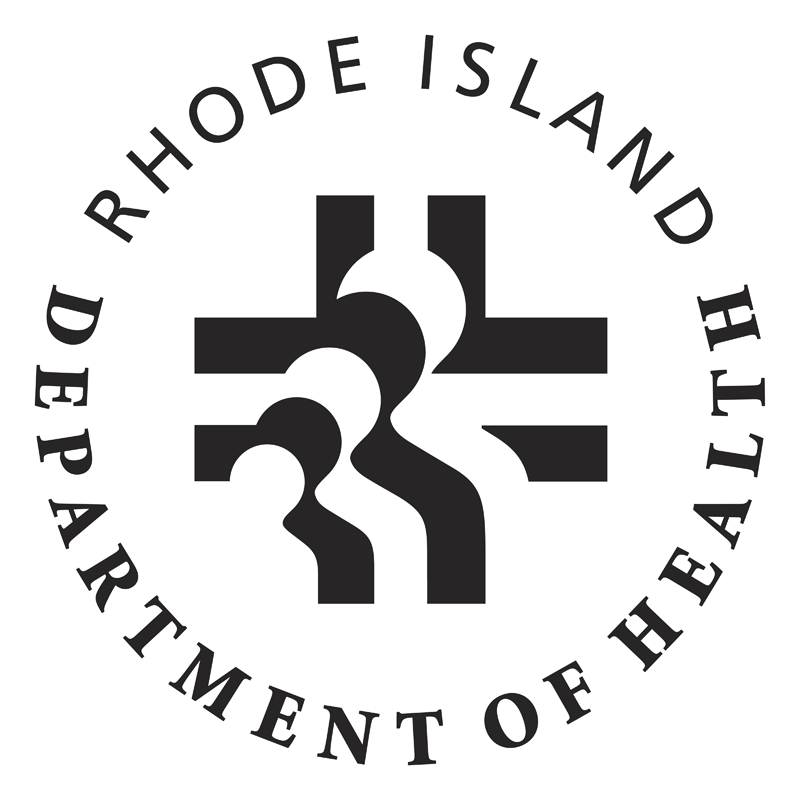 Rhode Island Department of Health
Rhode Island Department of HealthState of Rhode Island
Department of Health
 Rhode Island Department of Health
Rhode Island Department of HealthState of Rhode Island
Department of Health
Gonorrhea (Gonococcal Infection) is is a sexually transmitted disease (STD) that produces infections in the male and female genital organs, anus, and throat.
You can protect yourself and others from gonorrhea by practicing safer sex. (more)
In order to diagnose and treat gonorrhea, your doctor will take a detailed sexual history, conduct a thorough physical examination, and order several laboratory tests, including a test for HIV. Your doctor will also give you detailed information about how to prevent transmission of gonorrhea to any of your sexual partners.You should tell your sex partner(s) if you have an STD so that your partner(s) can seek medical attention. People who are diagnosed with an STD may be contacted by public health professionals to make sure that their sex partners are counseled, evaluated, and treated.
CDC has updated recommendations for the treatment of uncomplicated gonorrhea in adolescents and adults. The two-drug approach is no longer recommended. Instead, it should be treated with just one 500 mg injection of ceftriaxone. The next update of CDC’s full STI Treatment Guidelines and accompanying materials are expected to be available in 2021. Please see MMWR’s Update to CDC's Treatment Guidelines for Gonococcal Infection, 2020 for more information.